There’s something magical about the smell of tomatoes simmering slowly on the stove, garlic popping in olive oil, and a big wooden spoon stirring with love. If you grew up in an Italian household—or anywhere near one—you probably remember walking through the door on a Sunday and being greeted by the deep, rich aroma of traditional spaghetti sauce. That smell? That’s more than food. That’s home.
This article walks you through how to make a truly traditional spaghetti sauce, the kind that clings to each noodle with the perfect balance of sweetness, acidity, and deep tomato flavor. You’ll learn not just the ingredients, but the soul behind the sauce. Whether you’re learning from scratch or looking to bring your family’s version back to life, this guide has you covered.
Let’s start with the story, the ingredients, and what truly makes a sauce “traditional.”
Print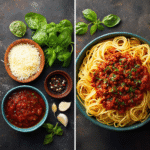
Traditional Spaghetti Sauce That Tastes Just Like Sunday at Grandma’s
- Total Time: 2 hrs 10 mins
- Yield: 6 servings
- Diet: Vegetarian
Description
A classic, slow-cooked traditional spaghetti sauce made with pantry staples and big flavor—just like grandma’s Sunday gravy.
Ingredients
2 tbsp olive oil
1 yellow onion, finely chopped
3 garlic cloves, grated or minced
2 tbsp tomato paste
1 large can crushed San Marzano tomatoes (28 oz)
1 tsp dried oregano
1 tsp salt (adjust to taste)
1/2 tsp black pepper
1 tsp sugar or 1/4 cup grated carrot
Fresh basil (optional, for finish)
Instructions
1. Heat olive oil in a large pot over medium heat. Add onions and cook until soft, about 7 minutes.
2. Add garlic and stir until fragrant, 30 seconds.
3. Stir in tomato paste and cook for 1 minute.
4. Pour in crushed tomatoes and stir to combine.
5. Season with oregano, salt, pepper, and sugar (or carrot).
6. Reduce heat to low and let sauce simmer uncovered for 1.5 to 2 hours, stirring occasionally.
7. Taste and adjust seasoning. Add fresh basil right before serving if desired.
Notes
This sauce freezes well and keeps in the fridge for up to 5 days.
Use it for spaghetti, baked pasta, lasagna, or as a base for soups.
- Prep Time: 10 mins
- Cook Time: 2 hrs
- Category: Dinner
- Method: Stovetop
- Cuisine: Italian
Table of Contents
Traditional Spaghetti Sauce from the Heart
Why Sunday Sauce Was a Ritual
The first time I tried to make spaghetti sauce on my own, I was in my tiny apartment, missing home, and craving something that felt familiar. I had no written recipe, just memories of my grandmother tossing crushed tomatoes into her pot like she was casting a spell. There were no measurements—just “a pinch of this” and “taste it until it’s right.” She would let the sauce simmer all day, her secret being patience more than any ingredient.
Traditional spaghetti sauce isn’t rushed. It’s a slow dance between tomatoes, garlic, onion, and time. I remember her saying, “If you’re in a hurry, don’t bother making sauce.” That always stuck with me. Over the years, I’ve recreated her version, adjusted here and there for what I had in the pantry, but the basics never changed: crushed tomatoes, garlic, onion, basil, and love.
Essential Ingredients for Authentic Flavor
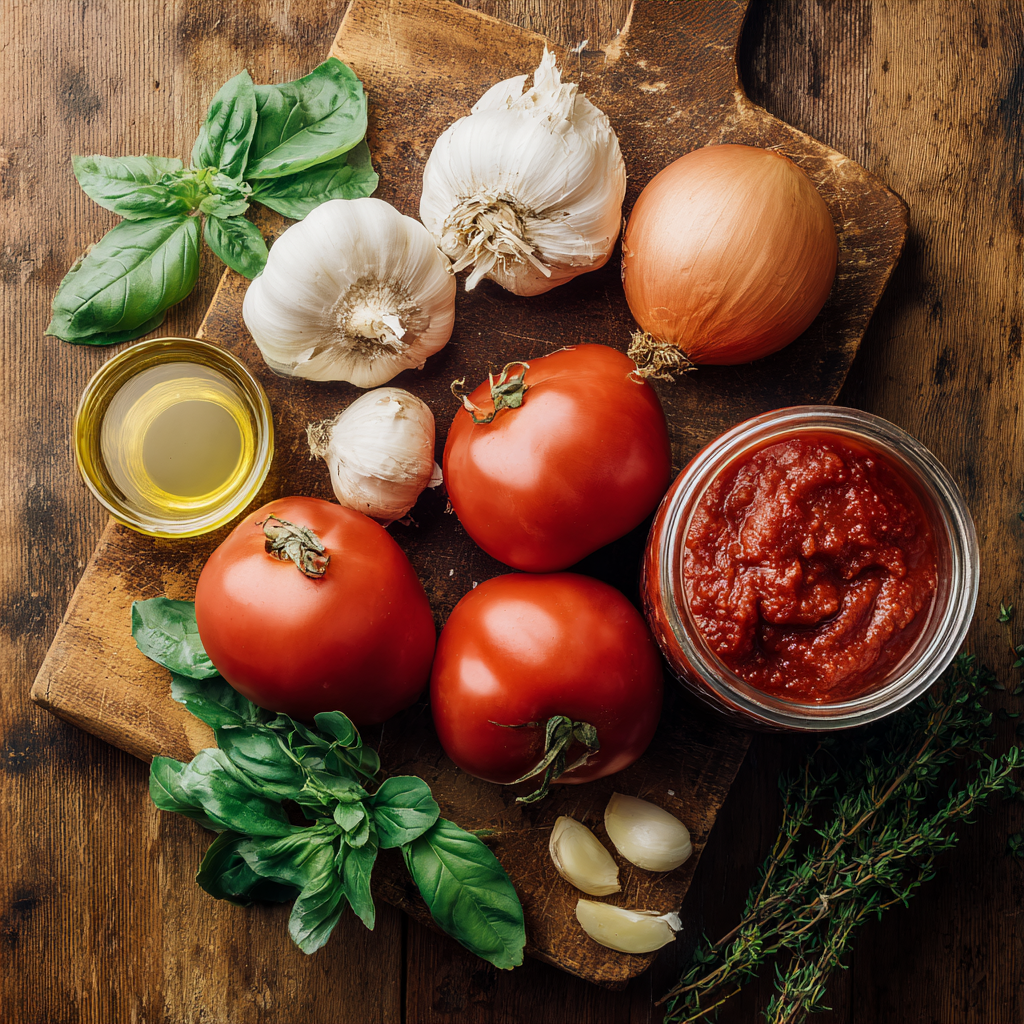
So, what exactly goes into a traditional spaghetti sauce? While every Italian nonna might have her twist, the core ingredients remain classic and simple:
- Olive oil – for sautéing
- Garlic and onion – finely chopped
- Crushed San Marzano tomatoes – or high-quality canned tomatoes
- Tomato paste – to deepen the flavor
- Fresh basil and oregano – or dried if that’s what you have
- Salt, black pepper, and sugar – to balance the acidity
- A touch of red pepper flakes – for those who like a little heat
If you’re used to bottled sauces, you might find this homemade version a bit “richer.” That’s because nothing is diluted. It’s built for flavor, not shelf life.
This kind of cooking reminds me of slow breakfasts with oatmeal made from scratch or simmered paleo meals that soothe from the inside. It’s about real ingredients and the time you give them.
For More Recipes :
Exploring Variations of Traditional Spaghetti Sauce
How Italy Does Traditional Spaghetti Sauce Differently
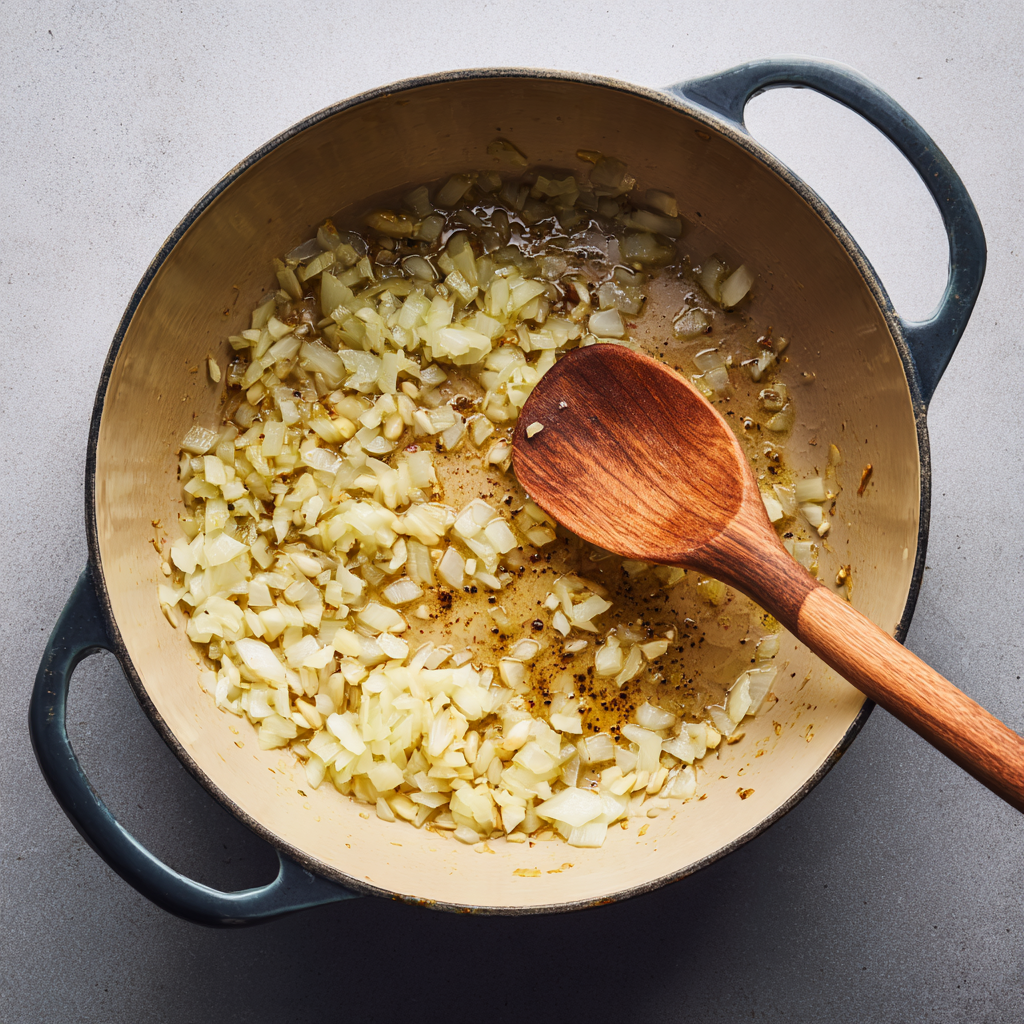
When people talk about traditional spaghetti sauce, they usually mean a red, tomato-based sauce—slow-simmered, savory, and comforting. But if you travel across Italy, you’ll quickly learn there’s more than one way to define “traditional.” Every region has its signature twist on tomato sauce, and while they all start with similar roots, the final flavors are distinct.
Let’s break down a few beloved Italian sauces that either inspired or evolved from traditional spaghetti sauce:
- Marinara: Often confused with spaghetti sauce, marinara is simpler and quicker—just garlic, olive oil, and tomatoes, cooked for under 30 minutes.
- Pomodoro: This version is smooth and slightly sweet, sometimes enriched with butter, and finished with fresh basil.
- Bolognese: Unlike traditional spaghetti sauce, Bolognese is meat-heavy and only uses a little tomato paste. It’s rich, hearty, and slow-cooked.
- Amatriciana: Made with guanciale (cured pork), onions, and tomatoes, this version is bold and savory.
- Puttanesca: A gutsy sauce built on tomatoes, olives, capers, and anchovies, this version leans into salty, briny flavors.
To compare them easily:
| Sauce | Core Ingredients | Cook Time |
|---|---|---|
| Marinara | Tomatoes, garlic, olive oil | 30 mins |
| Pomodoro | Tomatoes, butter, garlic | 45 mins |
| Bolognese | Ground meat, wine, tomato paste | 2–3 hrs |
| Amatriciana | Guanciale, onion, tomatoes | 45–60 mins |
| Puttanesca | Anchovies, olives, tomatoes | 30–45 mins |
Even with all these variations, traditional spaghetti sauce stands apart for its simplicity and slow-cooked depth. It’s often built with basic pantry ingredients but transforms into something rich and unforgettable after simmering for hours.
Making Traditional Spaghetti Sauce in Real Life
You don’t need a Nonna in the kitchen to make real-deal traditional spaghetti sauce. All you need are the right ingredients and a little patience. Start by slowly cooking chopped onions in olive oil until soft and fragrant. Add garlic—not too early or it’ll burn—and then stir in tomato paste to deepen the flavor. This layering step builds the foundation of the sauce.
Once the base is ready, pour in crushed tomatoes. Many home cooks swear by San Marzano tomatoes, but any high-quality canned variety will do. Stir, season, and let it simmer uncovered. The magic happens in that low and slow cooking—an hour at minimum, two or more if time allows.
This isn’t fast food. It’s comfort food. A sauce like this feels just as nourishing as autoimmune-friendly meals or hearty bland diet meals because you’re feeding your soul, not just your stomach.
Chef-Style Twists & Modern Takes on Traditional Spaghetti Sauce
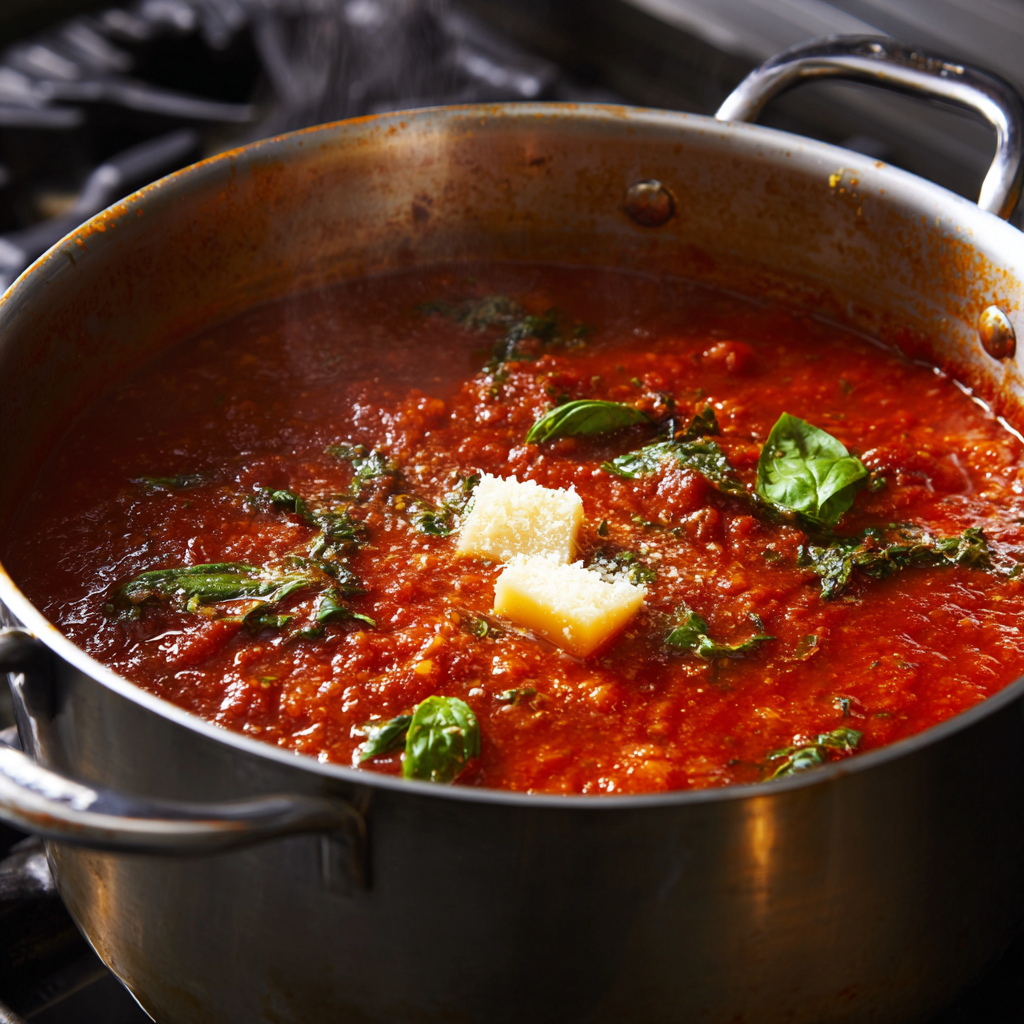
How Gordon Ramsay Reimagines Traditional Spaghetti Sauce
Gordon Ramsay may not be Italian, but he has a deep appreciation for traditional spaghetti sauce—and he puts his signature spin on it with chef-level techniques that any home cook can use. His version isn’t a dramatic departure from the classic; instead, it’s an upgrade in flavor, thanks to smart layering and precise timing.
Here’s what sets his spaghetti sauce apart:
- Freshly grated garlic, not minced—this technique helps garlic melt into the oil, creating a smoother base without any sharp chunks.
- Slow-cooked onions—he emphasizes caramelizing them just slightly for a sweeter base before adding tomatoes.
- Red wine—a splash of dry red wine is added to deglaze the pan, which adds depth and a slight richness.
- Fresh herbs at the finish—unlike dried herbs that cook with the sauce, he tosses in chopped basil or parsley right before serving to brighten the flavor.
- No added sugar—he balances acidity with natural sweetness from ingredients like shallots or even a bit of grated carrot.
One of the biggest takeaways from Ramsay’s method is seasoning in stages. Traditional spaghetti sauce tastes best when it’s tasted and adjusted as it simmers, not just right before serving. He seasons every layer—onions, tomato paste, and the tomatoes themselves—which makes a big difference.
For home cooks who want a flavor-forward sauce without veering far from tradition, his version hits all the right notes.
Modern Swaps That Keep Traditional Flavor Alive
Most people don’t have three hours to spend cooking on a weekday. The good news? With a few clever time-saving tricks, you can still whip up a delicious, traditional spaghetti sauce.
Try these ideas:
- Use a pressure cooker or Instant Pot to cut simmer time from hours to just 25 minutes.
- Swap in fire-roasted canned tomatoes for extra depth if San Marzano isn’t available.
- Replace sugar with grated carrots to keep it natural and still counteract acidity.
- Use pre-chopped garlic and onions when you’re short on prep time—just sauté them a bit longer for better flavor.
- Freeze extra sauce in batches to make future meals faster and stress-free.
You can even build meals around this sauce for different dietary needs. For example, combine it with gluten-free pasta for a healthy dinner option or spoon it over zucchini noodles for a lighter take. It’s also great over baked eggplant, or mixed into rice for a tomato-rich one-pot meal, especially helpful during pregnancy-safe eating plans.
Need a cozy date night idea? Warm up a bowl of sauce with crusty garlic bread as a starter before serving something special like steak with cake pairing. You’ll have a rustic, heartwarming first course that feels both simple and elevated.
PART 4: Answering Your Questions About Traditional Spaghetti Sauce
What are the basic ingredients for spaghetti sauce?
At its core, a traditional spaghetti sauce includes just a few humble ingredients: olive oil, onions, garlic, crushed tomatoes, tomato paste, salt, pepper, dried herbs like oregano or basil, and sometimes a pinch of sugar or grated carrot to balance acidity. These basics create a rich base that only gets better the longer it simmers. From there, you can build—adding meat, fresh herbs, or even red wine, depending on your preferences.
What are traditional Italian pasta sauces?
Italy offers a range of pasta sauces, each with its own story and flavor. Traditional spaghetti sauce is just one among many. You’ve got Marinara (quick, garlicky tomato sauce), Pomodoro (smoother and sweeter), Bolognese (meat-based with minimal tomato), Amatriciana (featuring cured pork), and Puttanesca (with olives and capers). Each region puts its own spin on sauce, but all share a deep respect for simplicity and quality ingredients. Just like a good homemade meal plan, it’s about balance and flavor.
How to make a traditional Italian tomato sauce?
Start with a drizzle of olive oil in a heavy-bottomed pot. Add chopped onions and cook until soft. Toss in grated or finely minced garlic and stir just until fragrant. Next comes a spoonful of tomato paste, which you cook briefly to deepen the flavor. Then, add crushed tomatoes—San Marzano if you have them—and stir. Season with salt, pepper, oregano, and a bit of sugar or grated carrot. Let it simmer gently for at least an hour. Add fresh basil at the end, and you’ve got a classic, cozy traditional spaghetti sauce you’ll want to make again and again.
What does Gordon Ramsay put in his spaghetti sauce?
Gordon Ramsay’s version of traditional spaghetti sauce focuses on layering flavor. He uses freshly grated garlic, a splash of red wine to deglaze the pan, and adds dried chili flakes for mild heat. He often skips sugar entirely, using sweetness from shallots or carrots instead. Fresh herbs go in just before serving, and he insists on seasoning each step—from the onions to the tomatoes—to build bold, balanced flavor.
Conclusion: Why Traditional Spaghetti Sauce Will Always Matter
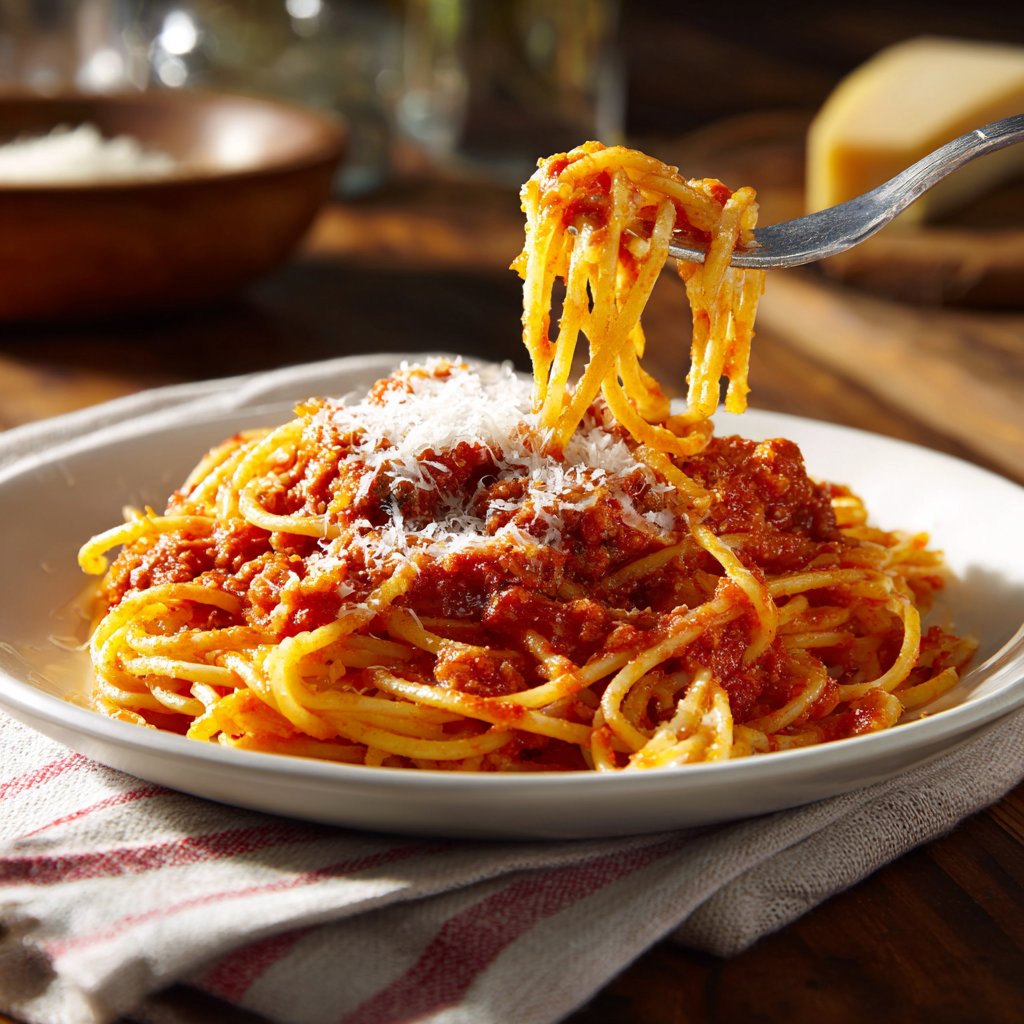
In a world of shortcuts and drive-throughs, there’s something deeply satisfying about standing over a pot of sauce, stirring slowly, tasting, adjusting, and letting the smell wrap around you like a blanket. Traditional spaghetti sauce isn’t just a recipe—it’s a ritual. It’s Sunday afternoon, your grandma’s kitchen, a simmering pot full of love.
Whether you stick to the original or adapt it with modern tips like those in devour-style meals or freezer-friendly batches, this sauce is always welcome at the table. It’s forgiving, flexible, and always delicious—no matter what pasta you pour it over.

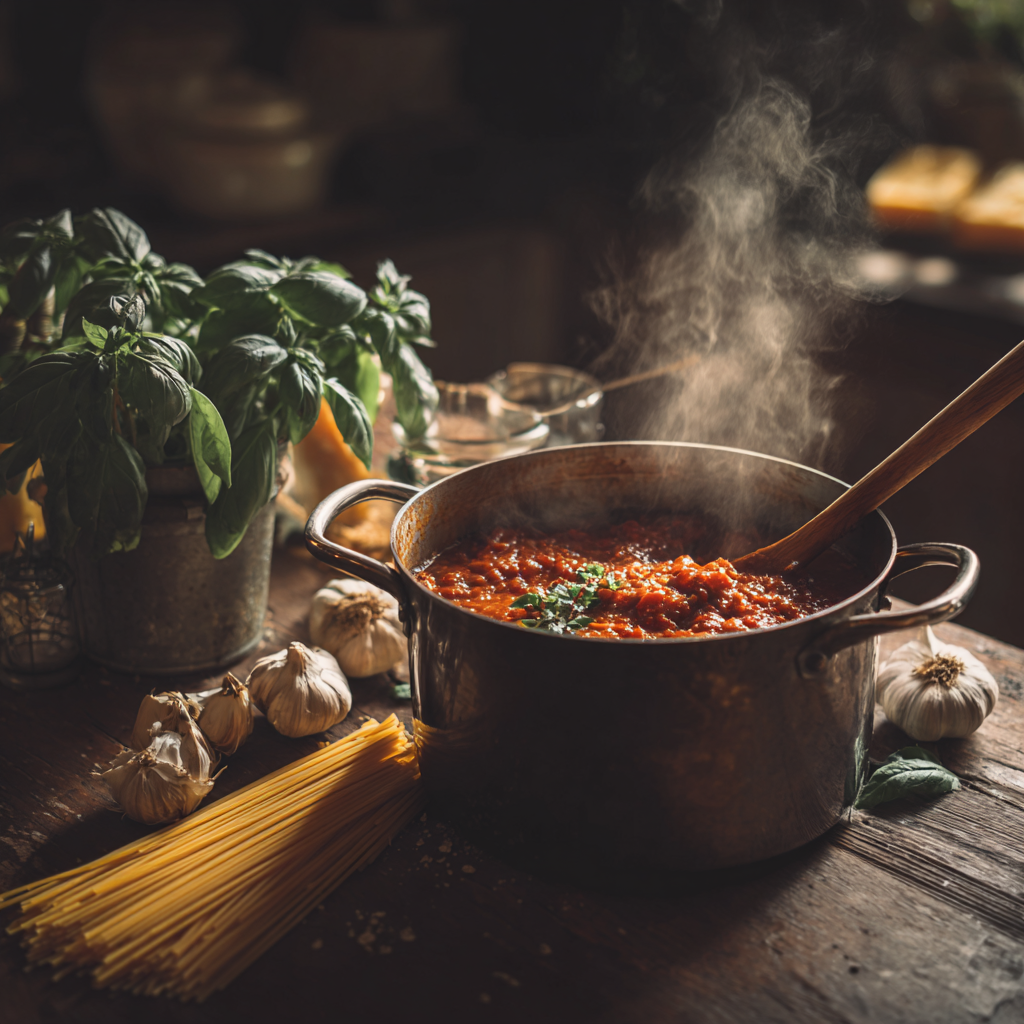
2 thoughts on “Traditional Spaghetti Sauce That Tastes Just Like Sunday at Grandma’s”